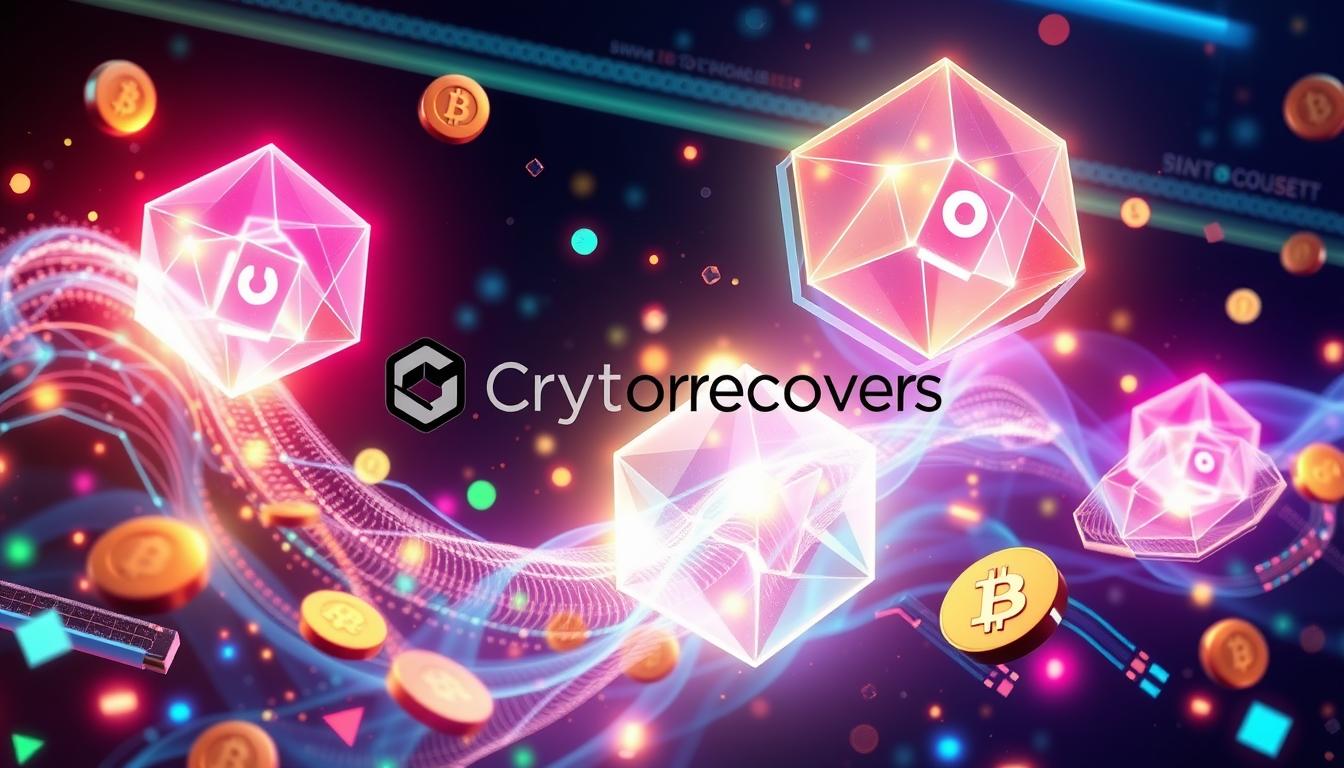Gas fees are the transaction costs paid to use the Ethereum network. Every time you send ETH, interact with a smart contract, or use a dApp, you pay a fee in gwei, which is a tiny fraction of ETH. These fees go to validators—people who help run the blockchain—so your transaction gets processed securely and efficiently.
The cost of gas depends on how busy the network is. When a lot of people are using Ethereum, gas fees can spike—especially during things like NFT drops or major token launches. You can save money by using the network during off-peak hours or using Layer 2 networks like Arbitrum or Optimism, which handle transactions more cheaply.
Gas isn’t just a fee—it’s what keeps Ethereum running. It prevents spam, pays validators, and ensures that every smart contract gets the resources it needs to execute properly. Without gas fees, Ethereum simply wouldn’t work.

